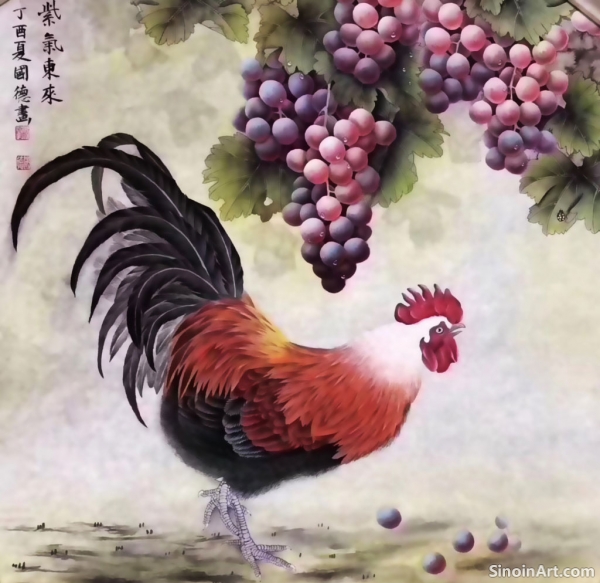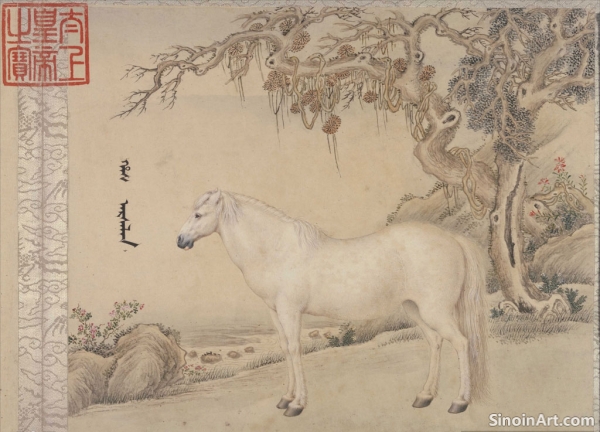The Symbolic Language of Gongbi: Unveiling Hidden Meanings
|
Beyond its stunning visuals, Gongbi painting is deeply rooted in symbolism, where seemingly ordinary subjects are often imbued with layers of meaning. This symbolic language adds another dimension to the artwork, enriching the viewing experience and conveying cultural values and beliefs. Understanding this symbolism is essential for a full appreciation of the art form.  Flowers and plants are frequently used as symbolic motifs. The peony, for instance, is often associated with wealth, prosperity, and nobility, while the lotus symbolizes purity and enlightenment. Bamboo, with its resilience and flexibility, represents integrity and moral strength. Each plant carries specific cultural connotations that are well-understood by those familiar with Chinese symbolism.  Animals also play an important role in the symbolic language of Gongbi. The crane, a symbol of longevity and immortality, is a common subject. The dragon, a mythical creature associated with power and good fortune, often appears in imperial contexts. Even smaller creatures, like butterflies and fish, carry symbolic weight, often representing happiness and abundance.  Colors themselves are not just aesthetic choices; they carry symbolic meaning as well. Red is often associated with happiness, good luck, and celebration, while yellow represents royalty and power. White, in traditional Chinese culture, is associated with mourning but can also represent purity. The artist carefully selects colors to enhance the symbolic message of the painting. The arrangement and composition of elements within the painting also contribute to its symbolic meaning. The use of specific groupings of subjects or the inclusion of particular objects can subtly convey narratives or express desired outcomes, such as good fortune or a long and prosperous life. By carefully arranging these symbolic elements, the artist creates a rich tapestry of meaning that speaks to the viewer on multiple levels. Understanding the symbolic language of Gongbi painting enhances our appreciation of these works, revealing the rich cultural heritage and deep-seated beliefs that have shaped this ancient art form. It allows us to move beyond the purely visual to engage with the deeper meanings and values that are embedded within these exquisite paintings. |
Tag : Gongbi painting symbolism, Chinese art motifs, flower symbolism, animal symbolism, color meaning in art
Related information
- The Cultural Significance of Gongbi: More Than Just Art
- Gongbi Color Palettes: From Traditional Pigments to Modern Hues
- Gongbi Painting and Storytelling: Narrative Through Detail
- Learning Gongbi: A Guide for Aspiring Artists
- Preserving Gongbi: The Importance of Education and Practice
This article explores the cultural significance of Gongbi painting, highlighting its connection to Chinese values, aesthetics, history, philosophy, and its role in preserving cultural heritage.
Focuses on the color palettes used in Gongbi painting, from traditional natural pigments to modern hues, emphasizing techniques and symbolism.
Explores the narrative power of Gongbi painting, highlighting its ability to tell stories through detail, symbolism, and historical or mythological depictions.
A practical guide for aspiring Gongbi artists, covering essential learning steps, materials, and practice techniques.
Emphasizes the importance of education and practice for preserving the techniques and traditions of Gongbi painting, advocating for community support and the passing down of skills.